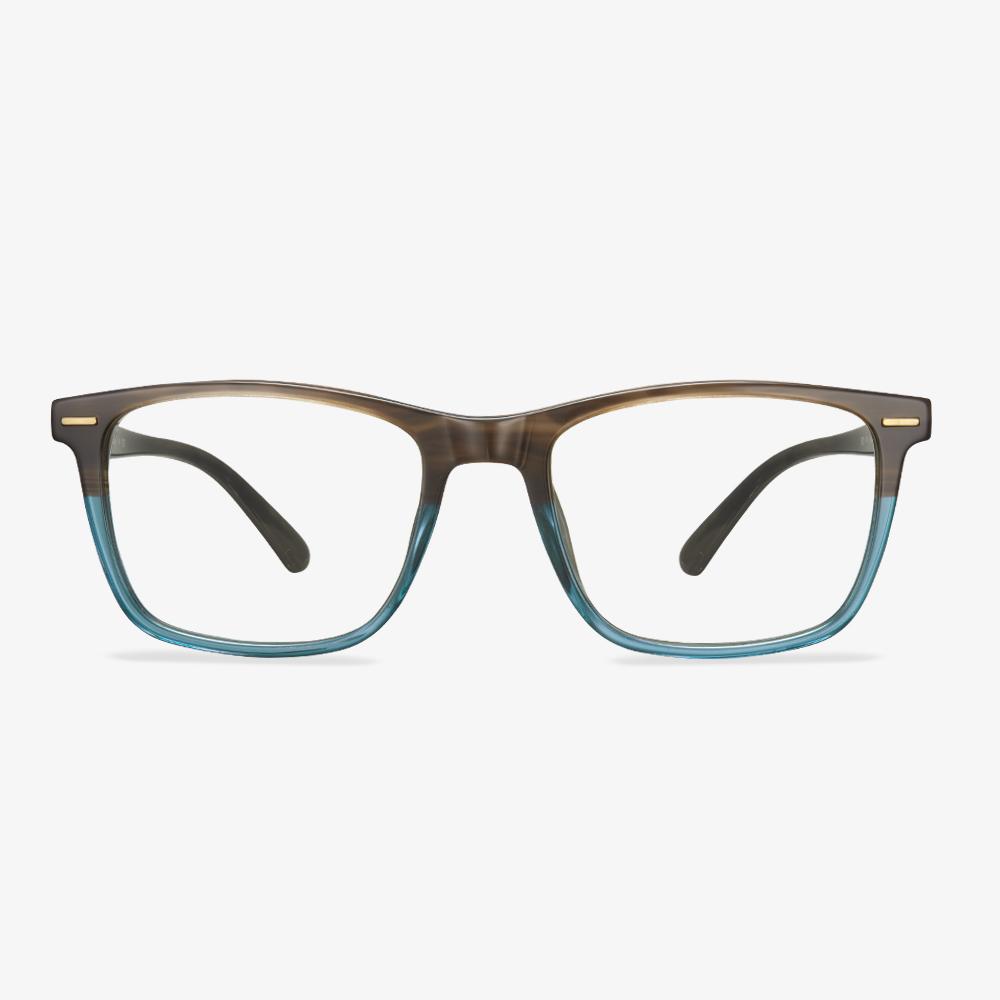Choose the frame according to the hairstyle
If there are bangs, the upper edge of the frame should avoid contact with hair. If it is curly hair, it should be noted that the frame should not be too large so that the frame edge contacts the hair.
How much does it cost to add the blue light filter to glasses?
Based on the difference in the impact of blue light of different bands on the human body, the blue light transmittance of each band of the product is separately required. For example, in the range of 415-445 nanometers, the light transmittance should be less than or equal to 80%, and above 445 nanometers, it should be greater than 80%. In this way, the anti-blue light products can be restricted, which can effectively shield the blue light that poses a health and safety risk to the human body, but also allows the blue light of the waveband that regulates the human body's circadian rhythm to be effectively transmitted.
Anti-blue glasses are not suitable for everyone. It is only suitable for people who use electronic products for a long time, not for people who are visually fatigued, and teenagers should not wear them for a long time. Furthermore, anti-blue glasses should not be regarded as a 'talisman' and use your eyes uncontrollably after wearing them. Therefore, when using electronic equipment, people must abide by the laws of nature, ensure the normal rest of the eyes, and maintain eye health.
Application of titanium alloy
Titanium alloy is mainly used in aircraft engine compressor parts, followed by rocket, missile, and high-speed aircraft structural parts.By the mid-1960s, titanium and its alloys were already in common industrial use, making electrodes for industrial electrolysis, condensers for power stations, heaters for petroleum refining and seawater desalination, and pollution control devices.Titanium and its alloys have become a kind of corrosion-resistant structural material.In addition, it is used to produce hydrogen storage materials and shape memory alloys.
Do all glasses come with nose pads?
The glasses without the nose brace are plate glasses. In reality, there is still a nose pad, but it is relatively small and it's part of the frame. The westerners have high nose bridges, and many glasses have no or very small nose pads. For example, Harry Potter's glasses have no nose pads. European and American brands will change their nose pads for the Asian market. Eyeglasses without a nose pad rely on the bridge of the nose to support the center beam. It's hard for Asians to stand up, and their eyes are more protruding than sunken like westerners. Glasses are usually demanded to keep a 12mm distance between the lens and the eyeball, otherwise, the optical performance will have a great impact.
Convenience and timeliness.
The essential carrier of Mobile applications is the mobile terminals. As the name suggests, these mobile terminals are not only smartphones and tablets but smart glasses, watches, clothing, accessories, and other kinds of personal belongings. They are part of what the human body wears and can be used anytime, anywhere. People can make full use of the fragmented time in life and work to accept and process all kinds of information on the Internet. They can no longer worry that they will miss any vital information, time-lapse information.
The origin of aspheric lens
The Visby glasses, unearthed in Gotland, Sweden, are the earliest aspheric lens found. The Vikings in the 11th century used it as a magnifying glass, and some of the best ones were made of silver, making them look like handicrafts. In 1667, Francis Smethwick grinds the first high-quality aspheric lenses and presents them to the Royal Society. That's a telescope with three aspheric elements. In 1956, Elgeet, which originally designed and manufactured optical instruments for the U.S. Navy, produced the world's first mass-produced aspheric lens for photography (Golden Navitar 12mm F1.2) for a 16mm film machine. Today, aspheric lenses are found in everything from tall telescopes to missile guidance systems to camera lenses. In the glasses we wear, the aspheric lens is familiar to consumers.
Contact lenses or glasses, which is better?
The choice between glasses and contact lenses is a matter of personal preference. Lifestyle, comfort, convenience, budget, and beauty should be all the factors in your decision. Each approach has its pros and cons in terms of vision, ease of use, and eye health. So deciding that if you wear contacts or glasses, and when, is often a matter of personal preference. But Keep in mind that if you wear contacts all day, you should have up-to-date glasses in case you need to stop because of an eye infection or irritation.


















































